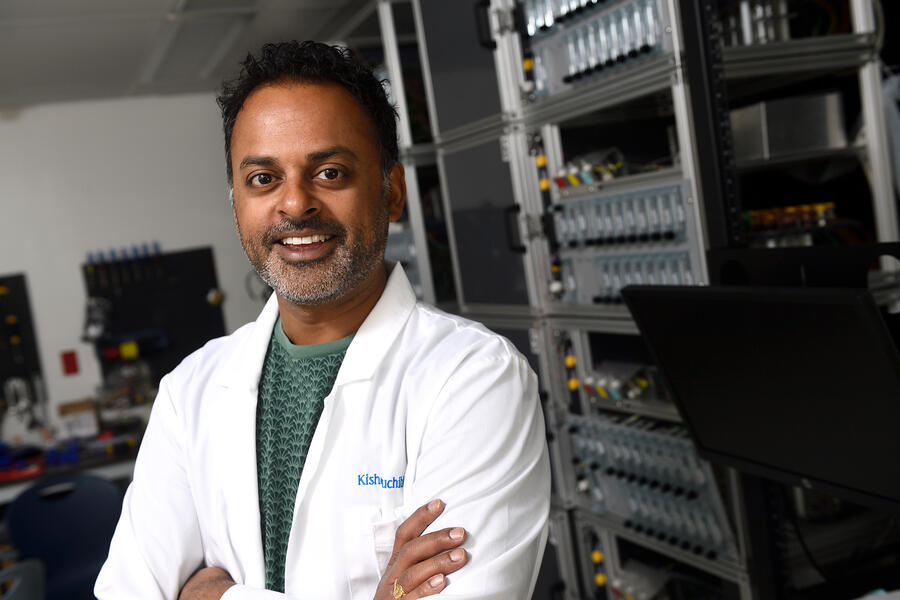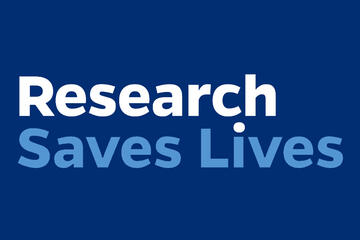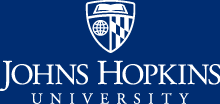Everyone loves to talk about the brain. When I tell people—fellow parents, their kids, even strangers on a plane—that I study how animals learn, how brains adapt across a lifetime, how my work might help us understand Alzheimer's disease or addiction, the reaction is always the same: wonder. Curiosity is universal. It is one of the most human things about us. And that deep desire to explore, to discover, to make sense of ourselves—that is what federal research funding to universities supports.
Federal support doesn't just fund university labs. It supports imagination, creativity, and discovery. Without those things, we don't just lose science. We lose part of what makes us who we are.
My lab at Johns Hopkins studies how the brain supports learning in health and disease. We've shown that mice—yes, mice—may have insights, execute clever strategies, and may even make inferences, combining knowledge across contexts. It's a scale of behavioral complexity that is driven by flexible brain circuits remarkably similar to those found in humans. For example, we discovered how the auditory cortex, long thought to just process sound, is actually involved in higher-order learning. That is basic science but it might unlock new ways to treat hearing loss and auditory processing disorders by showing us how the brain rewires itself and how we might help it do so more effectively.
That's the thing about research: You don't always know where the payoff will be. But if you stop investing in exploration, you guarantee you will not find it.
Some say private industry will pick up the slack. I worked at Bell Labs as an undergraduate when it was still a temple of basic research. It was amazing. But today, it's far different. Shareholders got tired of waiting for discoveries to mature into profits. Companies are beholden to capital markets. And honestly? That's fair. But it's also why we cannot rely on them to take the risks and chart the unknown. The scientists I learned from at Bell Labs, they are now exploring new frontiers in neuroscience at Stanford, Princeton, and MIT.
That's what the partnership between universities and the federal government is for. And it works. Google was born from a Stanford research project. Cochlear implants came from academic teams chasing basic science questions. Entire biotech and pharma sectors are built on ideas incubated in universities—places where the goal is not the next quarter's revenue, but the next frontier.
And none of this happens without people. The students and fellows in my scientific community come from the United States but also from all over the world: Spain, India, China, France, Singapore, and Mexico. They're not here because of quotas or checkboxes. They're here because they're the best—brilliant, relentless, creative minds who want to make a difference. In an era where diversity is politicized, I will say it plainly: This is what merit looks like. And we are lucky they still want to come here.
Science is not just about answers. It is about keeping the door open to possibility. By combining private and public resources at universities, we create the engine that makes curiosity possible—for our health, our economy, our humanity.
We cannot let that door close.
Kishore Kuchibhotla is an assistant professor of psychological and brain sciences at the Johns Hopkins University's Krieger School of Arts & Sciences. He and his team study the brain to better understand the neural mechanisms underlying learning and flexibility, then apply those learnings to treatments for neurological disorders.
Posted in Health, Science+Technology, Voices+Opinion









